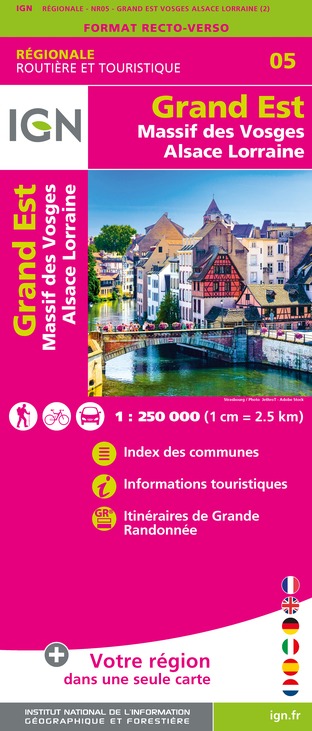Tours
Activities
Places of interest
Where to eat
Where to sleep
Louvignies-quesnoy, Nord, Nord-Pas-de-Calais
Are you in charge of the destination?Louvignies-Quesnoy, located in the enchanting region of Nord-Pas-de-Calais, offers an authentic experience of the French countryside. Surrounded by vast green fields and lush forests, this charming village is a haven for nature and history lovers. Stroll through the picturesque streets, admire the traditional brick houses, and discover the architectural heritage of the region. Visit the Saint-Nico...See more
Walking around Louvignies-quesnoy
See more suggestionsExplore the walking circuits of Louvignies-quesnoy.
See more suggestionsWhat to do in Louvignies-quesnoy
See more suggestionsActivities for all tastes await you in Louvignies-quesnoy, book them today.
See more suggestionsIGN cards

2607SB - LE CATEAU CAMBRÉSIS CAUDRY
Editor : IGN
Collection : TOP 25 ET SÉRIE BLEUE
Scale : 1:25 000
13.90€

2706OT - FORÊT DE MORMAL
Editor : IGN
Collection : TOP 25 ET SÉRIE BLEUE
Scale : 1:25 000
13.90€

102 LILLE MAUBEUGE PNR SCARPE ESCAUT PNR DE L'AVESNOIS
Editor : IGN
Collection : TOP 100
Scale : 1:100 000
8.40€

D59-62 NORD PAS-DE-CALAIS
Editor : IGN
Collection : CARTES DÉPARTEMENTALES IGN
Scale : 1:150 000
5.90€

NR01 HAUTS-DE-FRANCE
Editor : IGN
Collection : CARTES RÉGIONALES IGN
Scale : 1:250 000
6.80€

NR05 GRAND EST RECTO/VERSO MASSIF DES VOSGES ALSACE LORRAINE
Editor : IGN
Collection : CARTES RÉGIONALES IGN
Scale : 1:250 000
6.80€

NR04 - GRAND EST RECTO/VERSO ARDENNE CHAMPAGNE
Editor : IGN
Collection : CARTES RÉGIONALES IGN
Scale : 1:250 000
6.80€

EUROPE
Editor : IGN
Collection : DÉCOUVERTE DES PAYS DU MONDE IGN
Scale : 1:2 500 000
7.00€

PAYS-BAS BELGIQUE LUXEMBOURG
Editor : IGN
Collection : DÉCOUVERTE DES PAYS DU MONDE IGN
Scale : 1:300 000
7.00€
What to visit in Louvignies-quesnoy
See more suggestionsWalk along the picturesque streets of Louvignies-quesnoy.
See more suggestionsWhere to eat in Louvignies-quesnoy
See more suggestionsDiscover the local flavors of Louvignies-quesnoy.
See more suggestionsWhere to sleep in Louvignies-quesnoy
See more suggestionsChoose from a variety of lodgings in Louvignies-quesnoy.
See more suggestions













































